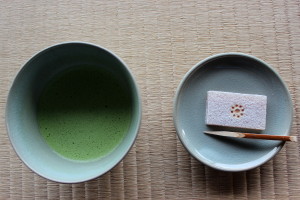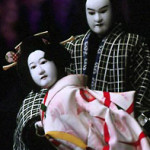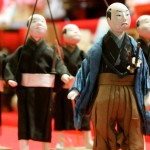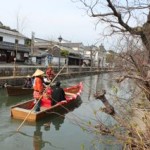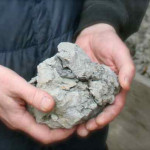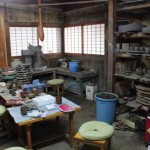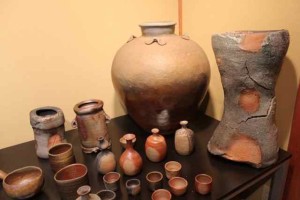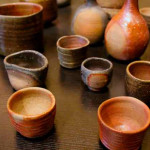You may have tried green tea or matcha at Japanese café or somewhere else. Yes, it is the vivid green color tea with creamy forms on the surface. It is bitter and contains caffeine, a bit stronger than black tea. In order to enjoy matcha, put matcha powder, which is crushed green tea leaves, in tea bowl and pour hot water (approximately 85℃) in it. Then stir it quickly by using
Read More
